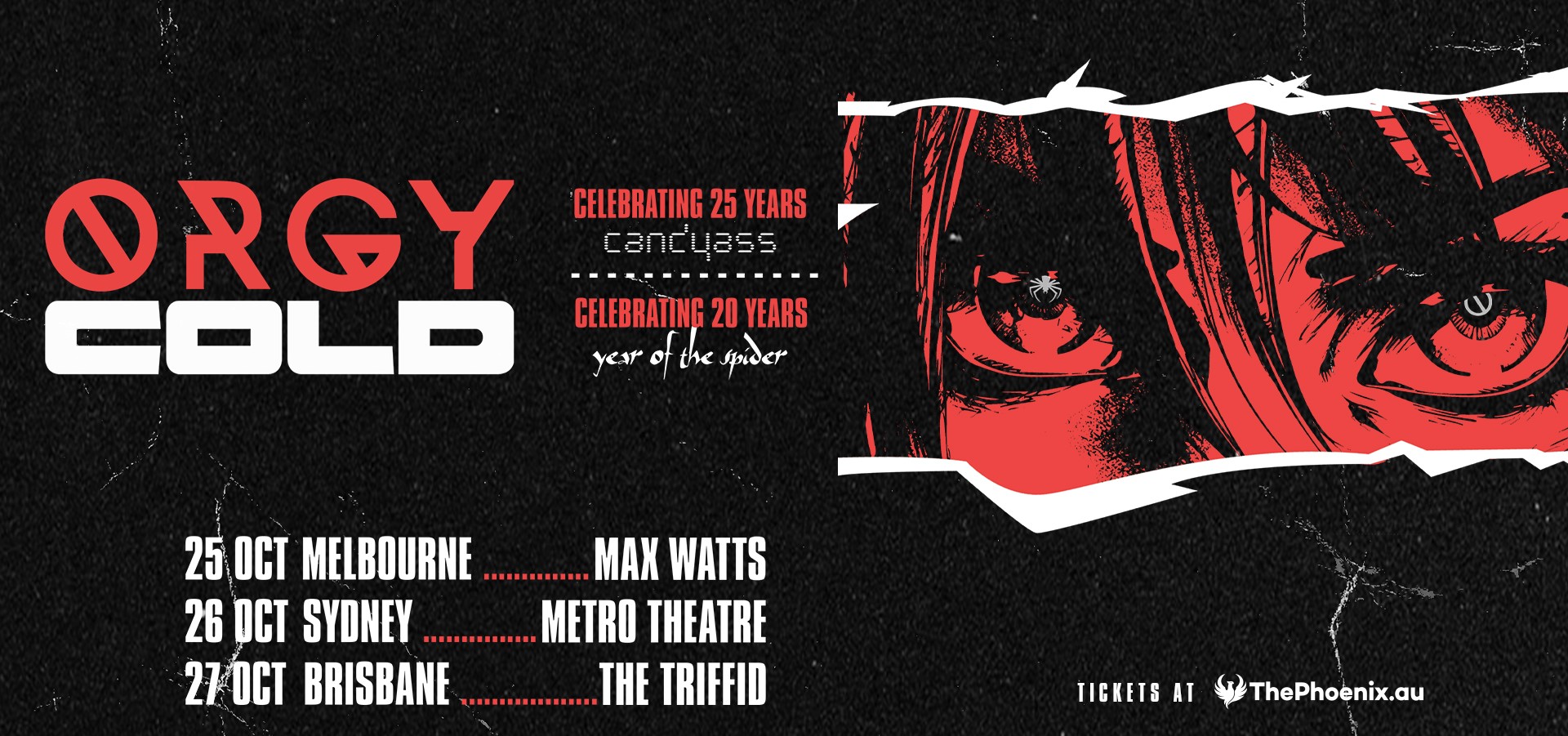Take a moment to think about your favorite album. Venture beyond the music and, most likely, you’ll find yourself visualizing the cover artwork. That image is the one element that has come to represent, so intrinsically, that particular collection of tunes. At the same time, it provides a tangible context to the subjective world of sound and the human imagination.
Given that Metal music has always been extremely visual and dramatic; the role of the artwork has proven to be crucial in the aesthetic development of the genre.
“We all see things in our heads while listening to music. The melodies, lyrics, and instruments get that reaction from us. The album cover helps to reveal an added value otherwise not available without the accompanying imagery,” declares Berlin-based visual artist, Eliran Kantor, who has created some of the most arresting visuals in the discography of bands like Testament, Sigh, and Atheist. For him and for many others—including Dream Theater’s vocalist, James Labrie— the album artwork creates a connection so powerful that it transcends mere artistic barriers. “It’s not just a matter of getting your favorite artist’s music,” Labrie comments. “It’s also feeling [that] you’re in the room with them, because you have this artwork that makes the listening experience even more personal,” “You can’t get that unless is something tangible.”
That’s the kind of psychological impact that most artists and record labels have been trying to convey since the early years of the XX century, when LP packaging started to get commercial development. As author/sociologist Deena Weinstein, explains: “Album covers have two separate functions. One is a commercial function, to identify the band, the album’s name, or it may even identify the genre. The second is—let’s call it the aesthetic function. Lots of times, this enhances the music that you listen to inside.”
Weinstein’s theory is supported by thousands within the music industry, including Obituary’s drummer, Donald Tardy, who wisely points out: “Album covers draw fans in. Fans relate to it. It brings them back to what they remember from the first time hearing those songs. Also, fans might listen to an album because the cover has an appealing look and they might give it a shot listening.”
Undoubtedly, these aforementioned recollections clearly demonstrate that the right image can become a powerful media to transmit a message that has artistic, psychological, and commercial connotations. Sadly, the arrival of the digital revolution has radically changed the game for traditional formats like the CD and Vinyl, while also affecting the role of the cover artwork and music packaging in general.
For some, like Morbid Angel’s former vocalist/bassist, David Vincent, the reigning climate is very discouraging. “These days, the world has changed so much,” he says. “I remember I used to go to record stores all the time, and I looked at covers and be intrigued about what kind of music the albums contained. Nowadays that doesn’t exist. It’s not the same.”
As hopeless and accurate as Vincent’s views are, the whole situation also has a positive side. Ironically, the new challenges have compelled designers, records labels, and bands to explore new ways to present physical products. Limited and special CD/LP editions and box sets are the living proof of that. Whether they include alternative artworks, inventive packaging, or other kinds of goodies, these products have a distinct objective: to keep buyers interested on physical music products and its accompanying graphics.
Despite its cons, the Internet and digital worlds have brought some benefits, like the ability to freely launch virtual campaigns around album covers. Eliran Kantor perfectly exemplifies this. “If right now, a band like Testament goes online with a new cover, on Facebook alone, they already have over 1,000,000 fans registered for instant updates. This means that in about an hour’s time, while spending $0.00 on advertising and before the artwork is picked up by the press, over a million people will have seen it, and it’ll reach millions by the end of the day with the fans and media sharing it.”
Whatever the future has in store for albums and their different formats, some people believe that covers artworks will still be vital for the ongoing development of the industry— especially for heavy music. Ultimately, in this age of the ‘faceless’ digital format, it depends on the combined efforts of bands, labels and fans to keep alive the interest in the physical formats and cover artworks. That’s a fact.
With these reflections in mind, we invite you to explore the book “…And Justice For Art: Stories About Heavy Metal Album Covers.” This book (as well as Heavy Magazine’s series of the same name) is a compendium of 264 pages, 450 graphics and 105 interviews that delves into the stories behind some of the most significant album artworks in the history of Metal music. Musicians, designers, and industry insiders will share their memories regarding the making of each of the visual pieces that will be explored here. We hope you enjoy this ride. Be prepared to be visually blown away. Stay heavy.
BUY “And Justice For Art: A Heavy Metal Visual Journey” HERE
[button color=”red” size=”big” link=”http://andjusticeforart.bigcartel.com/product/and-justice-for-art-stories-about-heavy-metal-album-covers” icon=”fa-shopping-cart” target=”true”]BUY IT! \m/[/button]
Facebook page: https://www.facebook.com/andjusticeforart














